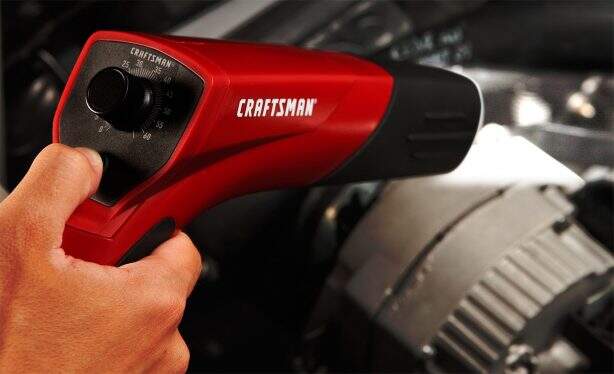
Understanding Ignition Timing:
Ignition timing refers to the point at which the spark plugs ignite the fuel within an engine's cylinders. Getting the timing just right involves precise adjustments - too early or too late can lead to problems like power loss or engine damage.
The Timing Light - Crown Jewel in Ignition Timing:
Meet the timing light. It's the power tool when it comes to adjusting an engine's ignition timing. This specialized instrument, connected to the car's battery and spark plug wire, flashes a strobe light at just the right moment to indicate when the spark plug should fire.
How a Timing Light Works:
There are two types of timing lights: inductive and direct. Inductive timing lights, the more common of the two, clamp onto the spark plug wire, while direct types connect directly to the spark plug wire. Both types, upon being triggered, flash a light on the timing marks to indicate whether timing is off.
How to Use a Timing Light:
To use a timing light, connect it to the battery and clamp it onto the number one cylinder's spark plug wire. Aim the light at the timing marks on the harmonic balancer. Your timing light should flash each time the number one cylinder fires, illuminating the timing marks. Adjust your distributor accordingly until you get the correct ignition timing.
Timing Light vs. Other Tools:
While there are other tools available like scan tools or multimeters, a timing light is the go-to instrument for adjusting ignition timing in older, distributor-based ignition systems for its precision, cost-effectiveness, and ease of use.
Conclusion:
While the language of engines can be pretty complex, understanding key concepts such as ignition timing and knowing how to use tools like the timing light can help unlock optimal engine performance. Remember, the correct timing light is your reliable ally in the journey towards precision and perfection.
